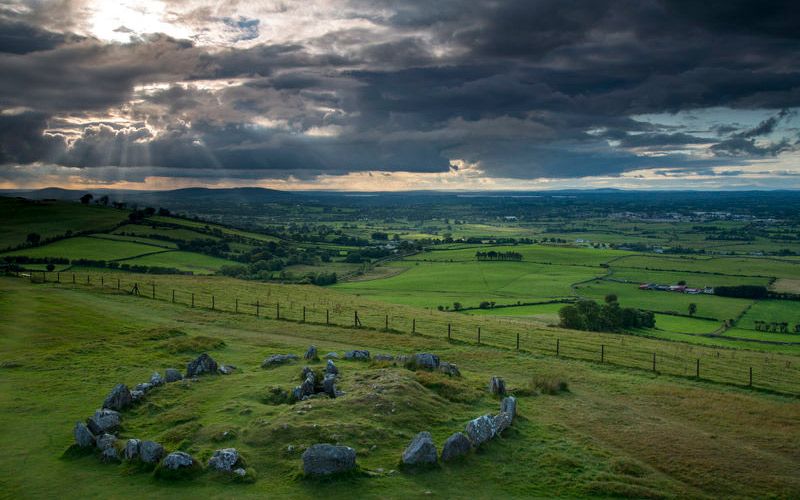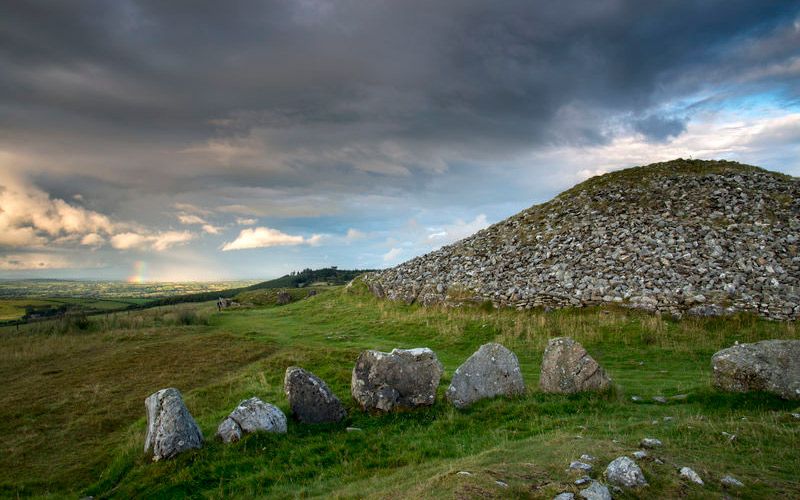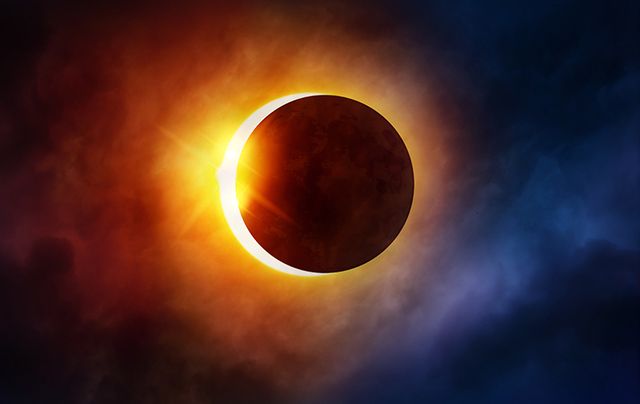It's hard to tell when the first solar eclipse in the world took place but the ancient Irish certainly helped, being among the first to document when it happened.
The Irish have a long and distinguished history with eclipses. Images of the first recorded eclipse were carved into stone cairns at Loughcrew in Meath over 5,000 years ago, but one of the first eclipses, of the common era, was also recorded in Ireland, by an Irish monk on June 29, 512, in the Chronicle of Ireland.
Eclipses were first recorded by the Irish
Our ancient Irish ancestors carved images of an ancient eclipse into giant stones over 5,000 years ago, on November 30, 340BC to be exact. This is the oldest known recorded solar eclipse in history.
The illustrations are found in the Stone Age “Cairn L,” on Carbane West, at Loughcrew, outside Oldcastle, in County Meath. The landscape of rolling hills is littered with Neolithic monuments. Some say that originally there were at least 40 to 50 monuments, but others say the figure was more like 100.

Cairns in Loughcrew. Image: Tourism Ireland.
“Cairn L” received a mention in Astronomy Ireland’s article: “Irish Recorded Oldest Known Eclipse 5,355 Years Ago.” They noted that the Irish Neolithic astronomer priests recorded the events on three stones relating to the eclipse, as seen from that location.
During their research at Loughcrew, Martin Brennan and Jack Roberts discovered that the sun illuminates this chamber on the mornings of Samhain and Imbolc, the ancient Celtic festivals. These important dates lie during the first week of November and the first week of February, the ancient cross-quarter days. Though this may not be the original alignment we are still left with a spectacular display.

Love Irish history? Share your favorite stories with other history buffs in the IrishCentral History Facebook group.
The 3340BC eclipse is the only eclipse that fits out of the 92 solar eclipses in history tracked by Irish archaeo-astronomer expert, Paul Griffin. With none of the technology available to our modern experts, the ancient Irish constructed these complex structures, that not only have endured for more than 5,000 years but were built with such accuracy that they continue to perform their astronomical functions today.

Cairns in Loughcrew. Image: Tourism Ireland.
Many believe that the ancient Celts created the “festival of light” to welcome the eclipse, that is, they knew it was coming.
The ancient structure of the “Cairn L” remains a mystery. The most unusual aspect of the monument is a tall pillar stone within the chamber known as the “Whispering Stone.” This limestone pillar is two meters tall (6'7") and gives the impression that the whole chamber and cairn were built to house it.
On August 26, 1980, Brennan and Roberts observed the full moon entering and illuminating the end recess of the cairn. The moon struck a cup mark on the endstone and then moved to the right to illuminate the bottom of the Whispering Stone. Little observational research has been done on the movements of the moon in these monuments.
* Originally published in September 2015. Updated in April 2024.




Comments